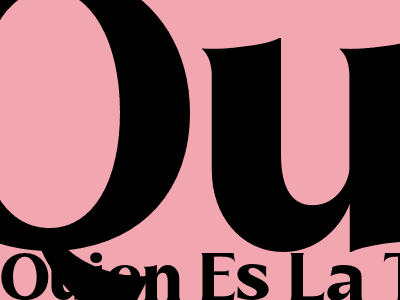Unveiling the Truth: Who is La Tranca de Cuba?
The Notorious Figure in Cuban History
In the annals of Cuban history, the enigmatic figure of La Tranca de Cuba, also known as Fulgencio Batista, looms large. This controversial leader played a pivotal role in shaping the nation's destiny, leaving an indelible mark on its political and social fabric.
Early Life and Rise to Power
Humble Beginnings and Military Career
Fulgencio Batista's journey began in humble circumstances on January 16, 1901, in the town of Banes, Cuba. From a working-class background, he entered the military as a teenager and rose through the ranks during the 1933 Sergeants' Revolt. Batista's military prowess and charisma earned him a reputation within the army.
Political Ambitions
Batista harbored political aspirations from a young age. After consolidating his position within the military, he began maneuvering for power. In 1934, he played a key role in the overthrow of President Gerardo Machado, establishing himself as a major player on the Cuban political scene.
First Presidency and Dictatorship
Constitutional Reforms and Electoral Victory
In 1940, Batista was elected president of Cuba after spearheading constitutional reforms that called for a new constitution. His presidency was characterized by economic growth and social reforms, but also accusations of corruption and authoritarian rule.
Overthrow and Exile
Batista's first presidency ended abruptly in 1944 when he was overthrown in a military coup led by Fidel Castro and other revolutionaries. He sought refuge in exile in the United States.
Return to power and Second Presidency
Political Comeback and Military Coup
In 1952, Batista returned to Cuba and seized power in a military coup, establishing a second dictatorship. His second term was marked by widespread corruption, repression of political opposition, and a heavy-handed approach to governance.
Growing Unrest and Revolution
Batista's heavy-handed rule sparked growing unrest among the Cuban population. The revolutionary movement led by Fidel Castro gained momentum, and in 1959, Batista was forced to flee Cuba once again.
Legacy and Impact
Controversial Figure and Symbol of Authoritarianism
Fulgencio Batista remains a controversial figure in Cuban history. His supporters view him as a pragmatic leader who brought stability and economic growth to Cuba. However, critics condemn him as a ruthless dictator who suppressed dissent and undermined democratic institutions.
Enduring Symbol of Cuban Revolution
Batista's overthrow by Fidel Castro and the Cuban Revolution marked a significant turning point in Cuban history. His legacy as a symbol of authoritarianism and corruption continues to cast a long shadow over Cuban politics and society.
Conclusion
Fulgencio Batista, La Tranca de Cuba, was a complex and enigmatic figure who left an enduring mark on Cuban history. His rise to power, presidency, and eventual downfall chronicle the twists and turns of a nation's political destiny. Batista remains a symbol of authoritarianism and a reminder of the struggles that Cuba has faced and overcome.

Comments